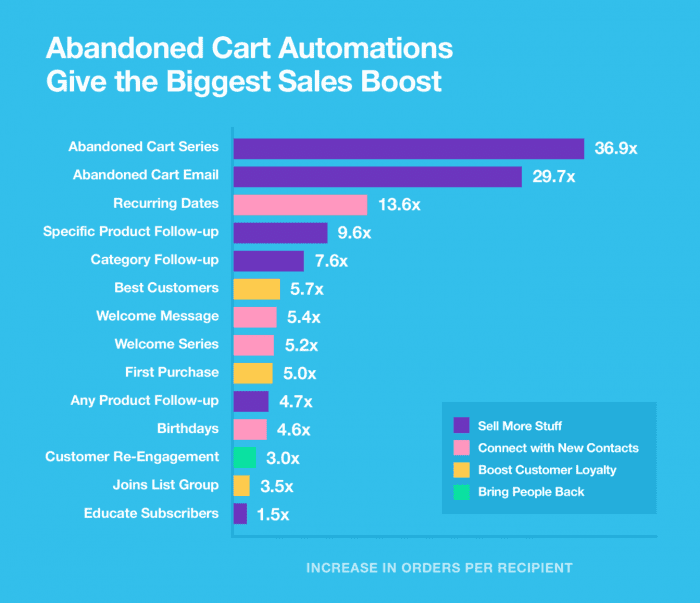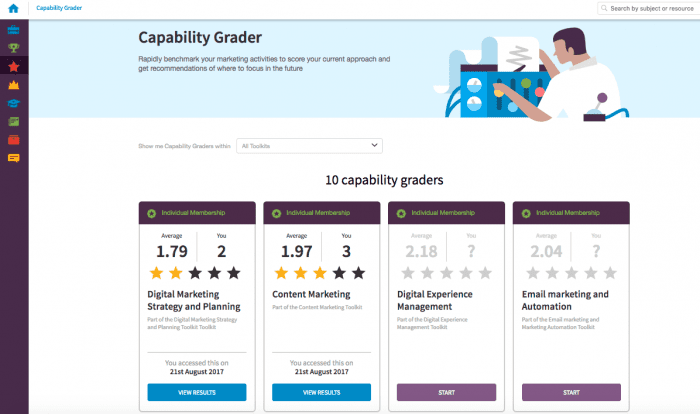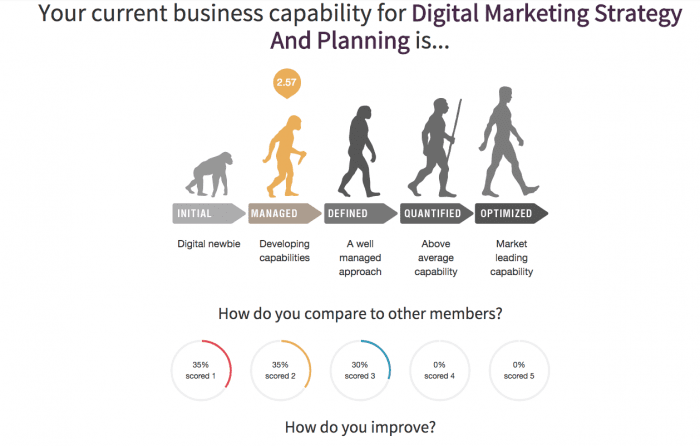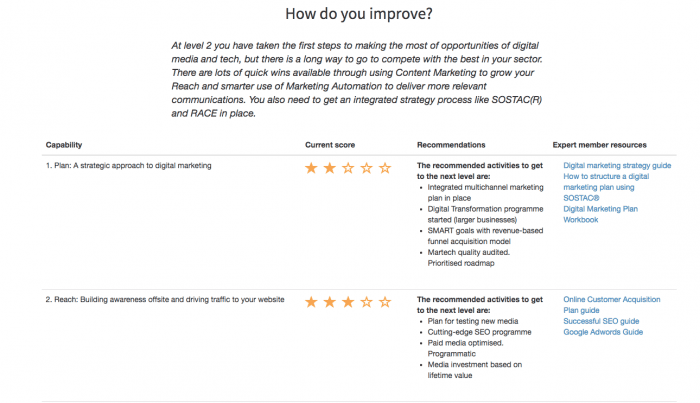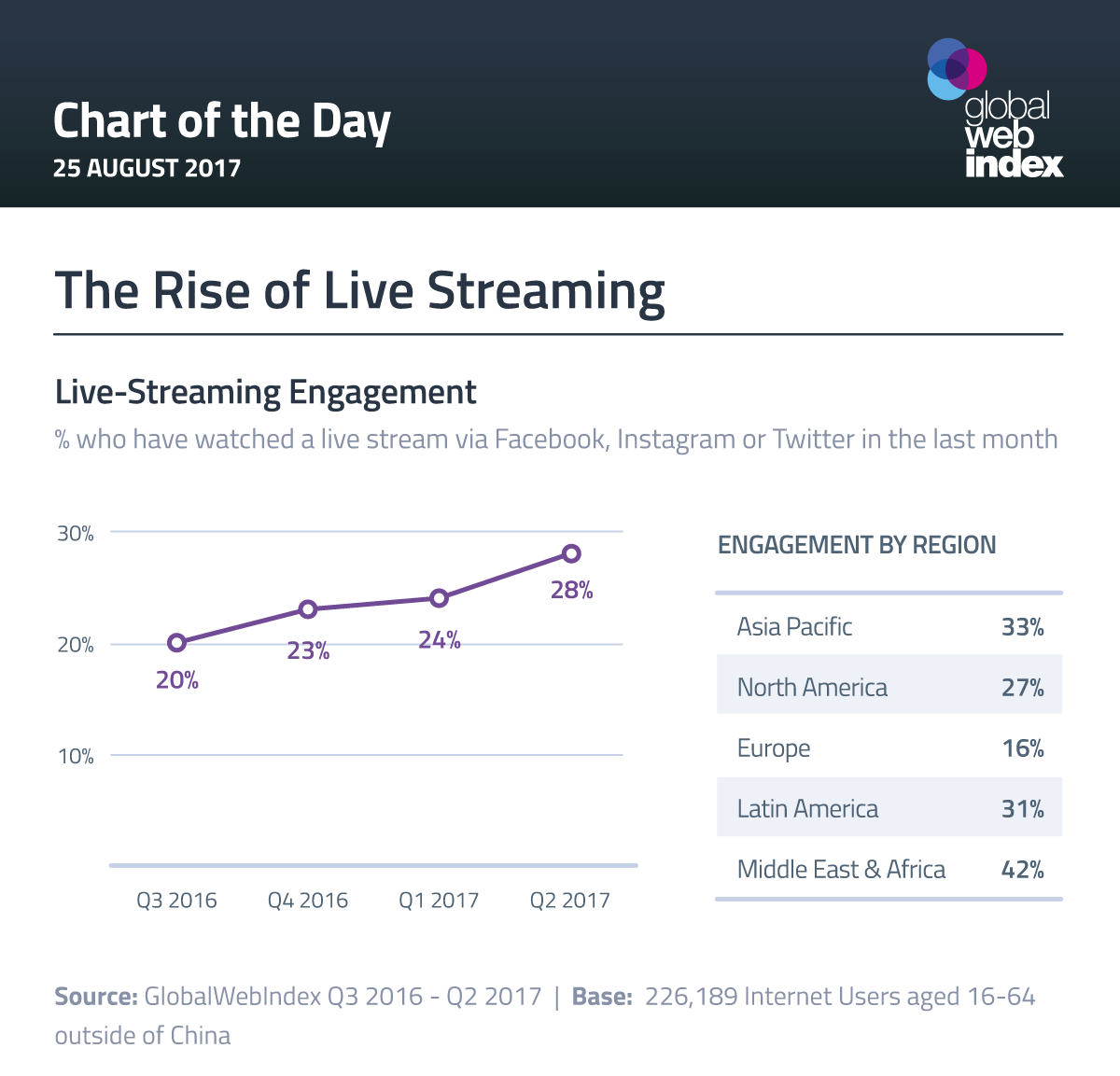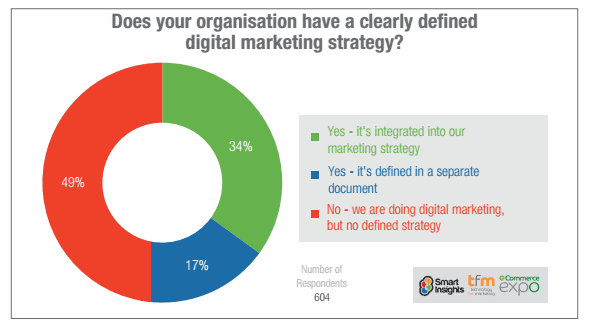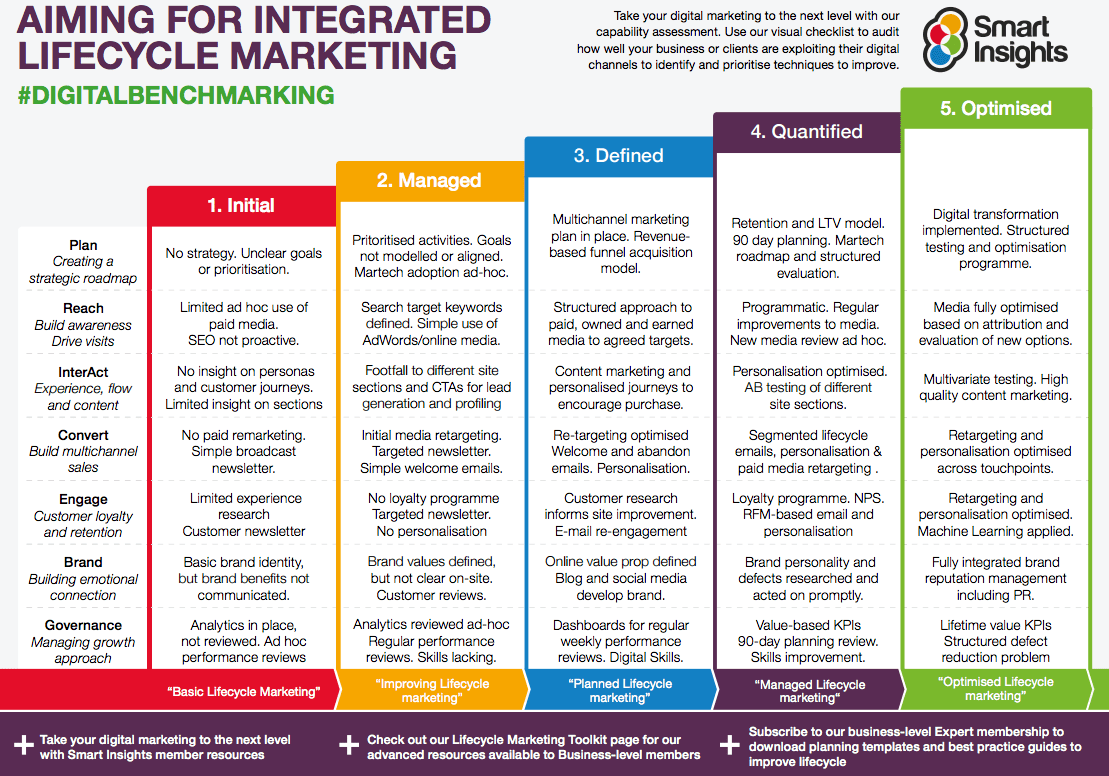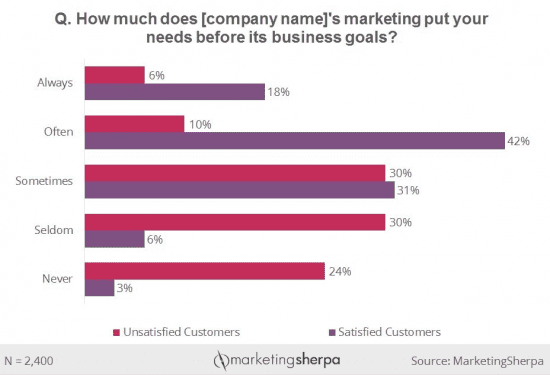
Financial institutions are becoming increasingly aware of the need to implement solutions that facilitate personalized interactions at scale. This capacity requires the ability to connect content with data and analytics to deliver personalized customer experiences.
The National Australia Bank is optimizing online engagement by taking the first steps toward creating what experts call a “fluid experience.” Delivering fluid experiences requires technology that adapts to the context of each user’s interaction, across all platforms and devices. That means delivering a consistent experience as customers move between different touch points, such as branch offices, apps, PCs, and smartphones.
Customers at NAB are more engaged online than ever before. By integrating and leveraging customer data to improve online content delivery and targeting, the bank is better able to connect customers with its products and services. Now, instead of getting bogged down with website updates and digital asset management, NAB’s content management team has more time to focus on website optimization and cross-selling opportunities.

It’s all about personalization and integration.
For NAB, the ability to use technology for personalization is a perfect fit, and it’s paying off. The company has boosted customer engagement by integrating online and offline data in order to create a single view of each customer. In addition to improving content velocity — the time to market for delivering new information — the bank has implemented responsive design to ensure a consistent customer experience on any platform or device. This reflects a core tenet of the fluid experience philosophy — Consumers are using multiple channels to do their banking, and financial services companies need to facilitate that process.
Implementing fluid experience technology for financial services is an evolutionary process that requires connecting legacy systems to sophisticated artificial intelligence and machine learning technology. This enables financial institutions to customize content for the context and environment in which the customer is accessing it. Just as liquid conforms to the shape of any container, web content needs to adapt to the needs of every individual user.

The power of fluid experiences.
Mobile responsiveness is particularly important for meeting customer demand for ease of access to financial services. Financial institutions have to make it easy for customers to find and use key products and services via mobile devices, facilitating everything from bill payments and deposits to loan applications and balance transfers.
For example, when NAB added a single-click application form to its mobile application, submissions increased by 430 percent in the first week of implementation. “It could have taken weeks, previously, to recode, test, and release the changes needed to either build, or even turn off, a new application,” says Todd Copeland, digital general manager, at NAB. “Now, we have the tools we need to adjust applications quickly to meet changing business requirements.”

“The power of fluidity includes web and mobile experiences, and can even extend to well-structured touchpoints, such as ATMs and social media sites,” says Loni Stark, senior director of strategy and product marketing at Adobe. “It also has the power to transform how customers engage with mobile apps and IoT experiences.”
The retail banking sector, in particular, has been forced to implement more robust mobile offerings in the face of competition from online banks such as Moven, Atom and WeBank, which have tapped into the desire of many consumers to manage their finances on smartphones and tablets.
Companies in the financial services sector have the advantage of being able to implement well-integrated digital asset management systems that have proven successful in other industries. Sony Interactive Entertainment Japan Asia (SIE), for instance, has used the same tools deployed by NAB to improve website productivity and optimization.
SIE’s content management team can now implement website production changes that used to take days, in seconds. “Using an integrated web management platform, we can rapidly move through optimization cycles, and improve the quality and efficiency of web content,” says Takehiro Akiba, director of web management at SIE, who is responsible for Sony’s blockbuster PlayStation product. “As digital channels become an essential point of contact for customers, it becomes more important that we establish such a fast and flexible internal workflow.”

Likewise, for NAB, improved analytics and targeting capabilities are yielding impressive results. For instance, when the bank tested page designs to optimize customer experiences, one test showed a 45 percent increase in conversion rates.
Evolution Means Change.
The emergence of agile financial service alternatives to traditional banking is putting pressure on banks to invest in new technology in order to remain competitive. When it comes to money management, customers expect a brand experience that reflects a knowledge of who they are, and what they need and want from a financial institution. The challenge for marketers in the financial services sector is to deliver the digital experiences their customers crave, while maintaining trust, security, and personal connections.

“At NAB, we realized that the future for our digital strategy needed to be built on completely integrated customer experiences,” says Todd. “As we reviewed our digital strategy, we realized that our existing content management platform limited our ability to quickly deliver the more compelling digital experiences that customers expect today.”
A New Era for Financial Services.
Money management solutions such as Mint and PayPal helped start the digital revolution in financial services, but now financial institutions are being challenged to facilitate better integrated money management options for their customers.
For the financial services sector, the time has come to move beyond an ecosystem of legacy systems to a new, integrated framework that leverages open source programs, APIs, and other tools to better understand, manage, and customize content. This requires not only state-of-the-art technology, but also a new way of thinking and communicating across an organization, from marketing and sales to customer service and support.
A recent survey, “State of Digital Transformation in Financial Services,” found that improving customer experiences was the number one priority cited by more than 300 respondents. Moreover, the survey underscored a recognition by financial services marketers that customer experience is increasingly important in terms of differentiating one banking or money management solution from another.
The survey also found that while competition from start-ups is a concern, financial services executives are particularly worried about the potential for a much bigger player to enter into their market space, such as Google Capital or Apple Pay. This worry is a powerful motivator for investing in tools that will both enhance services for existing customers, and improve online conversion rates.

To gain a better understanding of where the market leaders are heading, think about this — a third of those surveyed said they were considering the kind of strategies that NAB has implemented — omnichannel solutions that leverage machine learning and data management solutions to improve their ability to target customers and prospects with highly personalized messaging.
Getting results.
All of this comes back, full circle, to the idea of fluidity. Creating fluid experiences in the financial sector requires a data management platform that integrates marketing attribution, marketing automation, and multichannel analytics that provide a way to determine which solutions result in the best ROI.
For financial services customers, a fluid experience should include applications and digital forms that are easy to use on any device. It also features omnichannel portals that make it easier for users to find what they need. Customers in today’s financial ecosystem expect a consistent, cohesive experience. From interactions at their local bank branch to mobile apps and the web, financial institutions need to deliver fully integrated experiences that provide measurable results.
Fluid experiences are all about delivering personalized customer experiences that scale across channels in real time. “Fluidity means using technology to glean deep insights into your customers, and your market, so that you can better manage and target your content,” says Loni. “With a 360-degree view of every customer, a financial institution can predict what its customers want, when they want it, and how they want to consume it.”
Learn more about how fluid experiences are re-defining the financial services and insurance sector.
Find out more about integrated technologies designed to support your experience business.
The post How Fluid Experiences Can Redefine Financial Services appeared first on Digital Marketing Blog by Adobe.
from Digital Marketing Blog by Adobe
https://blogs.adobe.com/digitalmarketing/digital-marketing/fluid-experiences-can-redefine-financial-services/
via Tumblr http://euro3plast-fr.tumblr.com/post/164743865039

